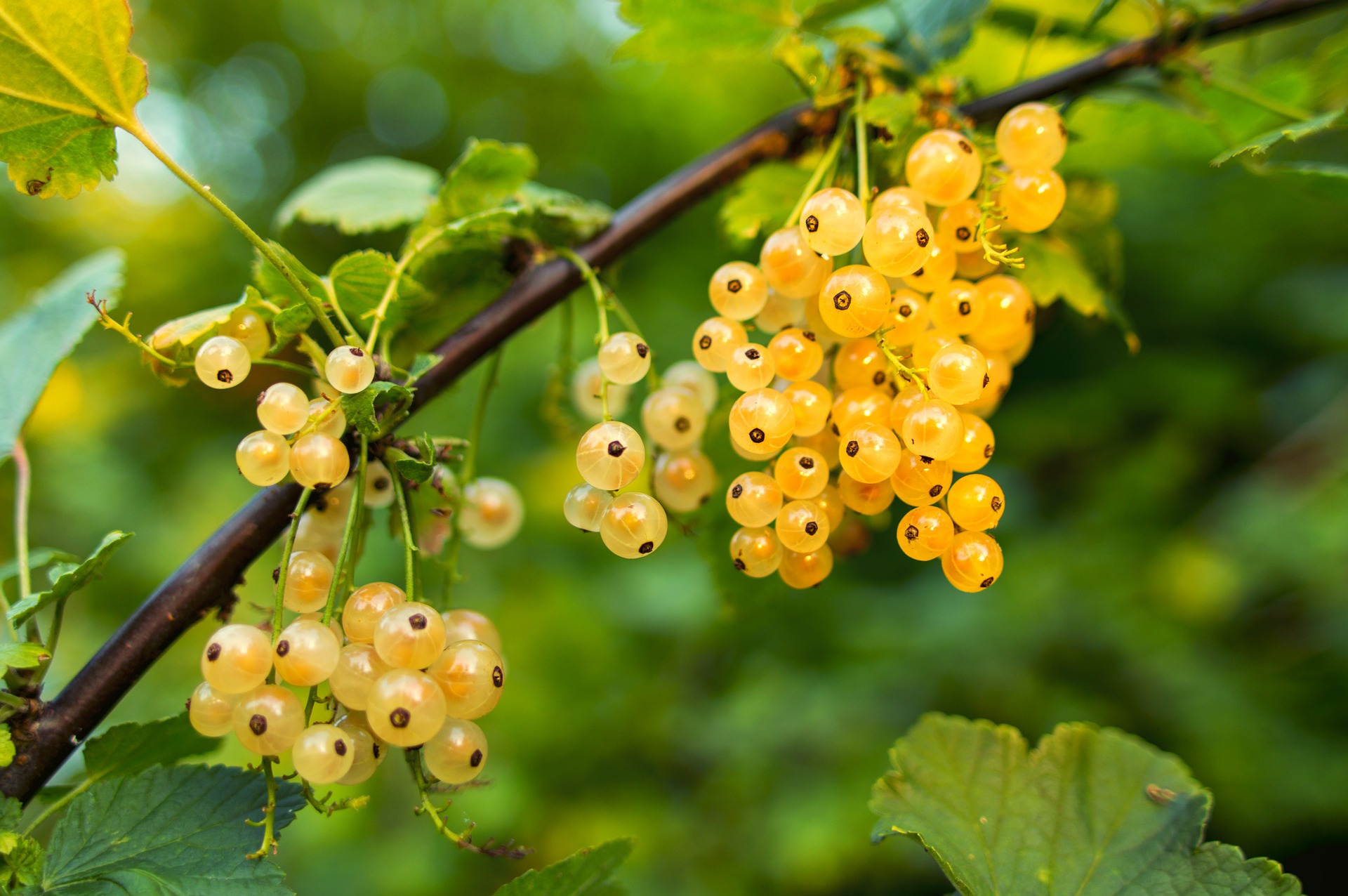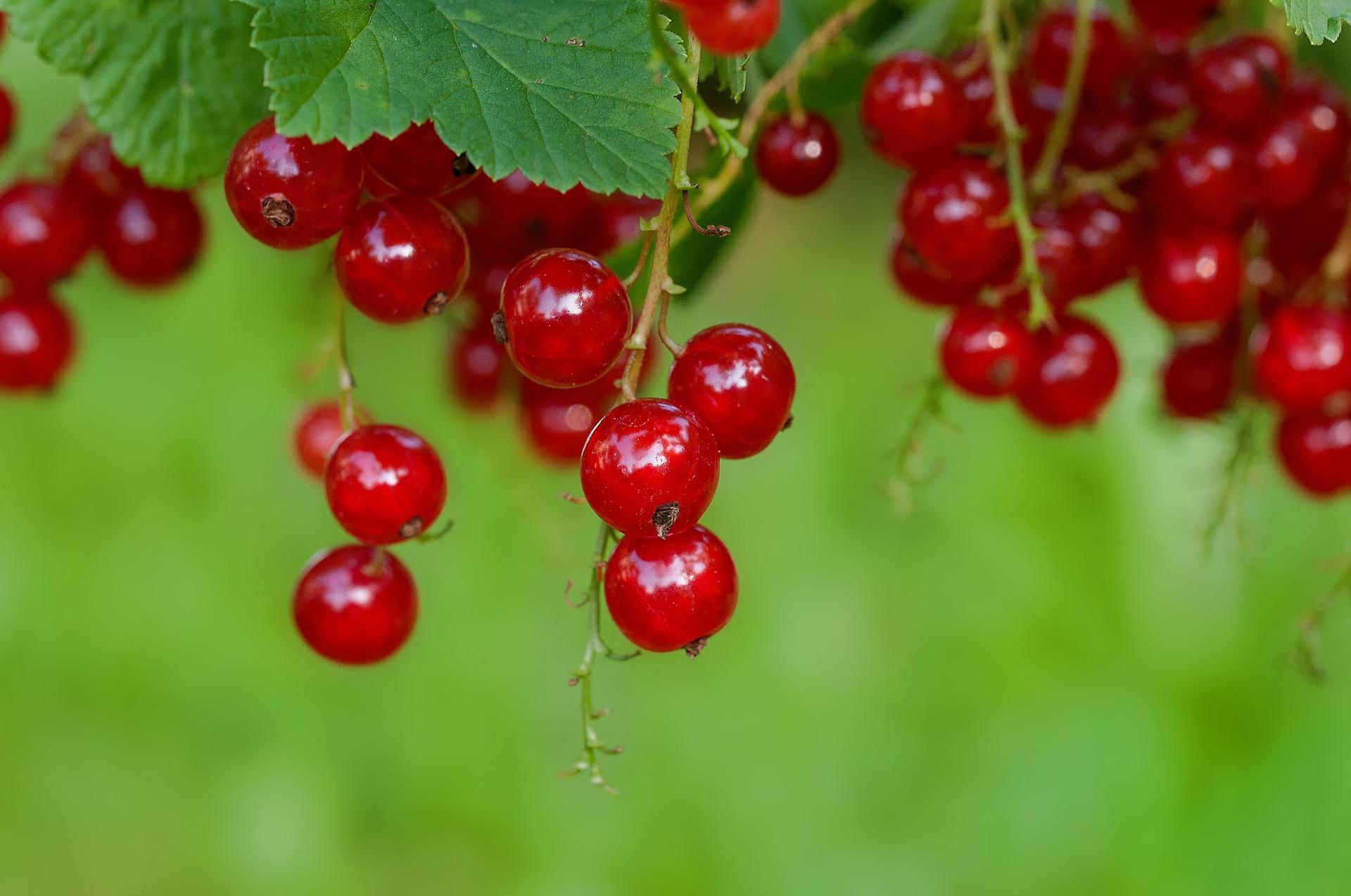
Planting, Growing, and Harvesting Currants
The Almanac Garden Planner - Use It Free for 7 Days!
Plan your 2025 garden with our award-winning Garden Planner.
Blackcurrants are the very easiest to grow. The bushes prefer full sun but will tolerate a little shade and will give up their vitamin C-rich berries for many years to come. Use them in pies, jams or refreshing cordials.
Red and white currants grown in a similar way as gooseberries, and it’s helpful to think of them almost as the same plant. These bushes also prefer the sun but cope admirably with partial shade. Unlike blackcurrants, they can be trained as cordons (single stem), as standards—and they grow well in containers, too, making them the ideal choice for smaller gardens. White currants taste sweeter than red currants, which are perfect for cooking, making jams and jellies, and elevating just about any dessert.

Cooking Notes
Their flavor is quite tart, so they’re more often used in juices, jams, and jellies. Because currants can be frozen, they are also magnificent in smoothies or turned into fruit crumbles.
ADVERTISEMENT
When you say I can plant in autumn, is this early autumn?
Hi Esteban,
Yes, you want to plant in early fall when the soil is still warm from the summer months and your currants have a chance to acclimate before cold weather sets in (depending on your location).
Since it is late in the year, you can also plant in the spring once the threat of frost has passed and before any new growth begins.
Hope this helps!
How will they do over winter, inside a container?










